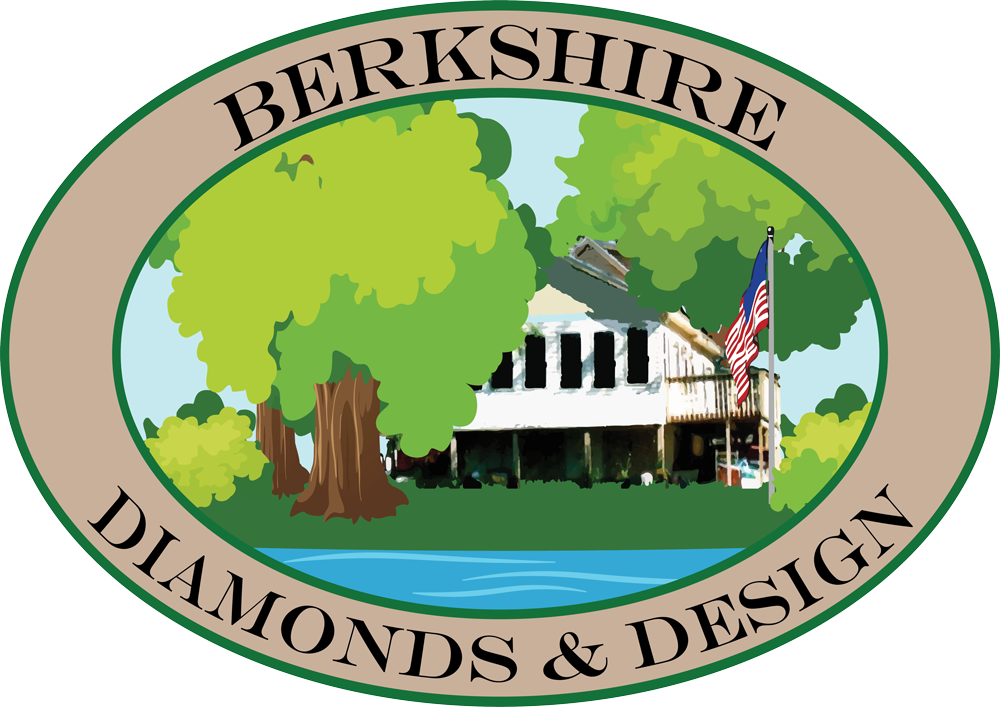
How to Save Real Money When Buying Diamond Jewelry
The insider secrets of saving money when buying a certified diamond.
Carat Weight
In most cases, the higher the carat weight, the higher the price. When evaluating carat weight, it is important to understand the term, CTW, or carat total weight. If a diamond is labeled 1 CTW (carat total weight) that generally means there are a number of small stones which make up a combined total weight of 1 ct. (carat). View Carat Size
A 1.0ct or one-carat (ct. Carat Total) diamond refers to the weight of one stone. A ring that has a 1.0ct stone will be worth considerably more than a ring that has a ring with multiple stones of the same quality.
Buy Diamonds Just Under Certain Key Weight Thresholds – ‘Buying Shy’
Looking to save some money on the cost of that diamond? A great money-saving strategy is to buy your diamond just under certain key weight thresholds also known as ‘Buying Shy’. For example, if you want a 1.0ct diamond, you could buy a .92 ct diamond and save a few hundred to more than $1,000 (depending on the color and clarity). View Carat Size
In the ‘Rapaport Diamond Report’ (also know as the ‘Rap Price’) a .92 ct Round (6.3 mm), ‘G’ color, ‘VS2’ clarity is listed as $5,700 per carat or $5,244 for the diamond (Carat Weight x Per-Carat Cost = Total Cost of the Stone) and a 1.0 ct Round (6.6 mm), ‘G’ color, ‘VS2’ clarity is listed as $7,200 per carat or $7,200 for the diamond – the difference is $1,956. You would save almost $2,000 on buying a diamond with a very minimal difference in appearance i.e., the thickness of a business card! Below are a few key thresholds:
- .50 ct look for .46 – .49
- 1.0 ct look for .90 – .96
- 1.5 ct look for 1.40 – 1.45
Cut of a Diamond
It is possible to have two diamonds that are equal in carat size, share the same color and clarity but look completely different. It all depends on the cut. Based on the cut, the weight of the diamond can be distributed differently to various parts of the diamond such as the crown and girdle. Also, the way facets are arranged and how brilliant the diamond appears will be determined by the way the diamond is cut. The diamond can have lower clarity and color but still shine as it is the cut of the stone that makes it sparkle.
As an example of how ‘Cut’ can affect price, a 1 ct, ‘F’ color, ‘VS2’ clarity, with a GIA ‘Cut’ grade of ‘Excellent’ was recently listed for $11,733 and another diamond with the same exact weight, color, and clarity, with a GIA ‘Cut’ grade of ‘Good’, was recently listed for $8,479, a difference of $3,254! That is the impact a quality ‘Cut’ can have on price.
How does Clarity affect the cost?
Clarity refers to the amount of internal and external flaws on the diamond itself. These flaws are usually called inclusions or blemishes. Clearly, the fewer the flaws in the stone, the higher the price will be. However, a flawless diamond is quite rare and very costly. A better option if looking for value is a diamond SI1-SI2, you can find these stones that the inclusions are on the bottom. If you need the middle of the road then VS1-VS2 is still affordable. View our Clarity section.
Treatments
Most diamonds are untreated and their brilliance, color, and beauty are completely natural. When a diamond is treated, the quality of the stone is artificially improved by changing one or several of its characteristics. Such treatments generally target color and purity, however, it is important to understand that various treatments will impact the price and marketability of a stone.
The main advantage of buying a treated diamond is the price. Diamonds that are treated are normally discounted by 25-30% or more. The following is a summary of various diamond treatments.
- Fracture Filling- This method improves the clarity and transparency of the stone by filling the cracks with a filling that makes the imperfections almost invisible. Fracture filling is also known as glass infilling and clarity enhancement.
- Laser Drilling- Dark inclusions or flaws in a diamond can be improved by drilling into the diamond surface and then bleaching out or chemically dissolving the inclusions with an etching fluid such as sulphuric acid. The drill holes are then usually filled with refractive wax or synthetic resin. These filled holes can be affected if your diamond is ever subjected to heat or acid as often is the case when being set in jewelry.
- Coating- Coating refers to the application of a colored substance to the surface of the stone to improve the color grade. This coating can effectively hide a diamond’s yellowish tinge. Normally, the coating is applied to the bottom (pavilion) of the stone.
- Irradiating Diamonds- Irradiated colored diamonds are genuine diamonds that show different colors after being exposed to strong radiation treatment. The diamonds quickly becomes inert after the treatment has finished. The diamond is then heated to effect an overall coloration.
- High-Pressure High-Temperature Treatment (HPHT)- This is a process using heating to change the color of diamonds. The temperatures used to heat the stones are above 1900 degrees Celsius, under extreme pressure. It turns inexpensive brown diamonds into green, yellow, blue, red, or pink stones.
